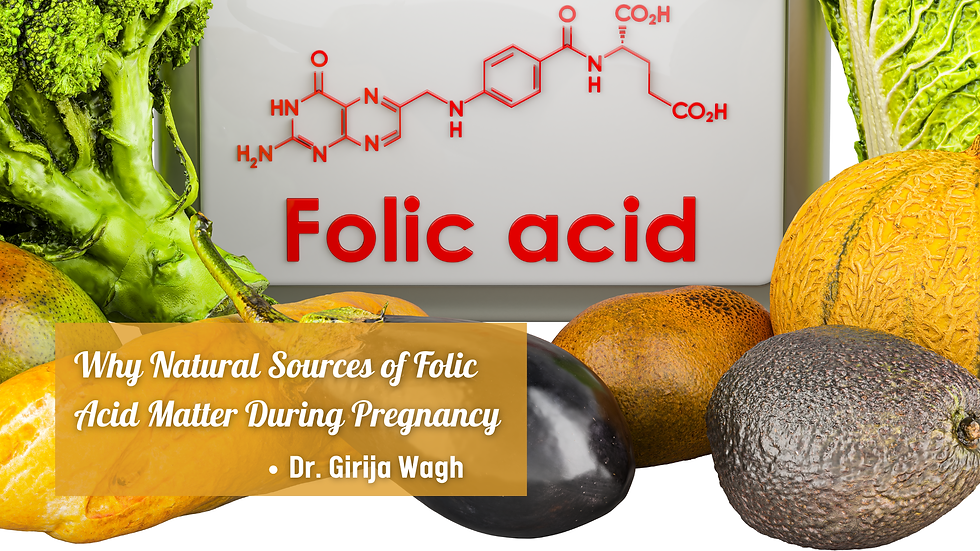Role of Vitamin D in Preeclampsia: Insights from a Longitudinal Study
- Girija Wagh
- May 25, 2023
- 2 min read
Preeclampsia is a serious pregnancy complication characterized by high blood pressure and organ damage, primarily affecting the mother and unborn child. Despite extensive research, the exact causes of preeclampsia remain elusive. However, emerging evidence suggests that vitamin D deficiency may play a role in its pathophysiology. In this blog post, we will delve into a recent longitudinal study conducted in Pune, India, which explored the association between serum vitamin D concentrations and the development of preeclampsia in pregnant women.
Study Design and Participants:
The study enrolled 1154 women with singleton pregnancies in early pregnancy from two hospitals in Pune. Blood samples were collected and stored at four time points throughout gestation: V1 = 11–14 weeks, V2 = 18–22 weeks, V3 = 26–28 weeks, and V4 = at delivery. From this cohort, 108 women who developed preeclampsia (PE) and 216 who did not develop preeclampsia (Non-PE) were randomly selected for analysis.
Vitamin D Assessment and Findings:
Serum 25-hydroxy vitamin D concentrations (25(OH)D) were estimated using commercially available ELISA kits. The researchers compared the levels of 25(OH)D between the PE and Non-PE groups using independent t-tests. They also employed logistic and linear regressions, adjusting for confounding factors, to examine the associations of 25(OH)D with the risk of preeclampsia and birth outcomes, respectively.
The study found that the mean 25(OH)D concentration at V1 was 21.95 (SD 19.64) in the Non-PE group, while it was 17.76 (SD 13.21) in the PE group. This initial observation suggested that lower vitamin D concentrations were associated with an increased risk of preeclampsia.
Furthermore, the researchers discovered a significant decrease in vitamin D concentrations during mid-pregnancy (V2) and at delivery, which was linked to a higher risk of preeclampsia. The association between mid-pregnancy vitamin D levels and preeclampsia risk was reflected in the regression analysis, with an odds ratio of 0.31 (95% CI 0.11, 0.86, p = 0.024). Similarly, at delivery, a decrease in vitamin D concentrations was associated with a 0.24-fold increase in preeclampsia risk (95% CI 0.08, 0.77, p = 0.016).
Implications and Future Directions:
The findings of this study provide valuable insights into the potential role of vitamin D in the pathophysiology of preeclampsia. The observed lower vitamin D concentrations during mid-pregnancy, before the clinical onset of preeclampsia, suggest that vitamin D deficiency may be involved in the development of this condition.
However, it is important to note that this study was observational and cannot establish a cause-and-effect relationship between vitamin D deficiency and preeclampsia. Further research, including randomized controlled trials, is necessary to validate these findings and explore the underlying mechanisms.
If subsequent studies confirm the link between vitamin D deficiency and preeclampsia, it could have significant clinical implications. Routine assessment of vitamin D levels during pregnancy may help identify women at higher risk for preeclampsia. Additionally, strategies such as vitamin D supplementation or increased sun exposure could be explored to optimize vitamin D status in pregnant women and potentially reduce the incidence of preeclampsia.







Comments